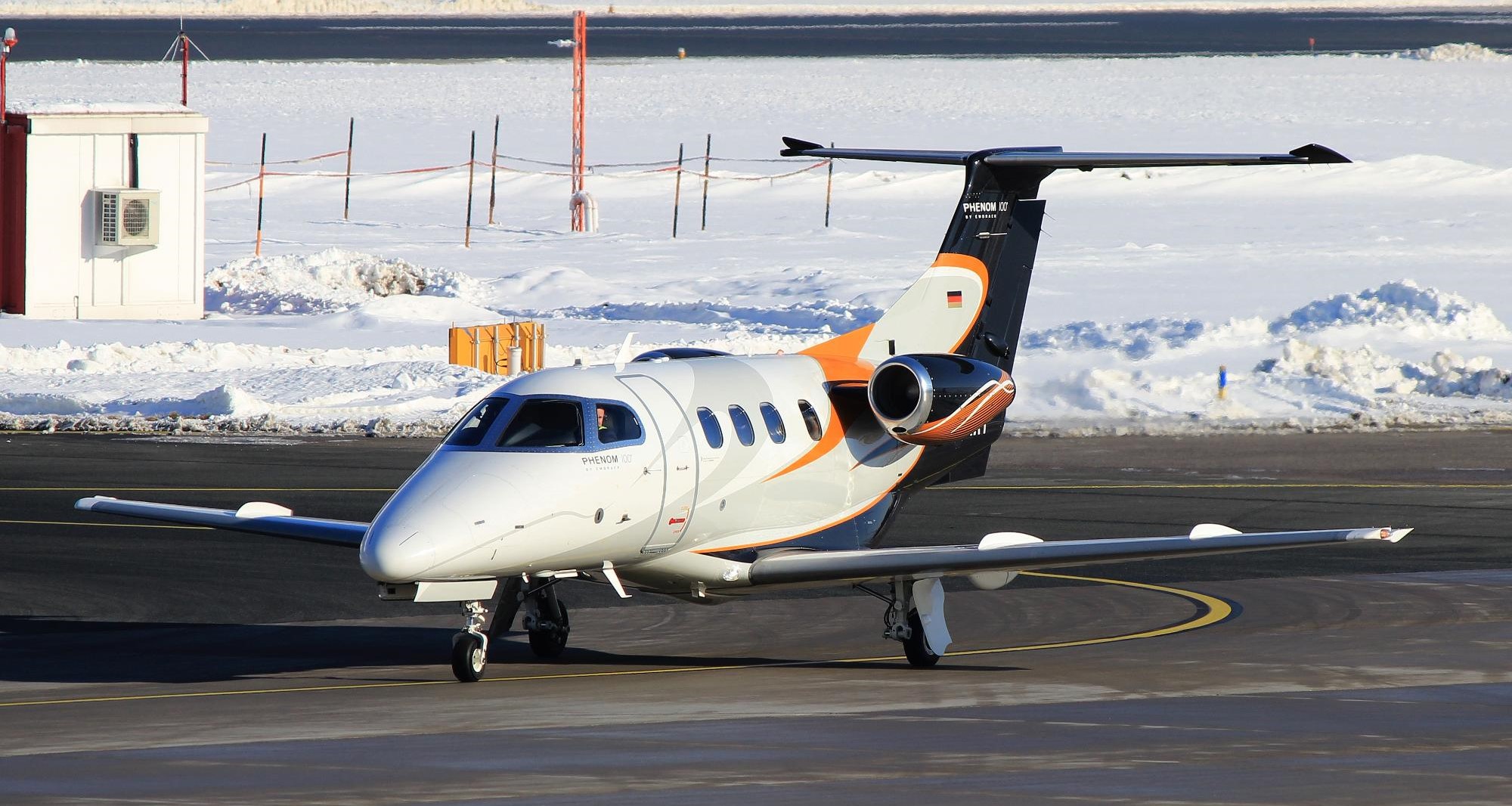
phoebepeek492
About phoebepeek492
A Comprehensive Study on Private Jets: Trends, Benefits, And Future Prospects
Private jets have change into synonymous with luxurious, exclusivity, and convenience. Over the past few a long time, the private aviation trade has witnessed vital development, driven by numerous components including globalization, elevated wealth, and the demand for time-efficient travel. This report goals to supply an in-depth analysis of the private jet market, exploring its traits, advantages, challenges, and future prospects.

Overview of the Private Jet Industry
The private jet industry encompasses the manufacturing, operation, and administration of private jets. In accordance with the final Aviation Manufacturers Affiliation (GAMA), the global business aviation market was valued at roughly $24 billion in 2020, with projections indicating steady development in the approaching years. The market consists of assorted segments, including fractional possession, charter services, and whole possession.
Sorts of Private Jets
Private jets can be categorized into several varieties primarily based on measurement and range:
- Light Jets: These jets are splendid for brief trips and usually accommodate 4 to 7 passengers. Examples embrace the Cessna Citation Mustang and Embraer Phenom 100.
- Midsize Jets: Offering a balance between vary and capacity, midsize jets can carry 6 to 9 passengers and are suitable for medium-haul flights. Notable fashions include the Hawker 800XP and the Bombardier Learjet 60.
- Heavy Jets: Designed for long-haul flights, heavy jets can accommodate 10 to 20 passengers. The Gulfstream G650 and Bombardier Global 7500 are examples of this class.
- Extremely-Long-Vary Jets: These jets, such as the Boeing Business Jet (BBJ) and the Airbus ACJ sequence, supply the greatest range and luxury, making them suitable for intercontinental journey.
Key Trends in the Private Jet Market
1. Elevated Demand for On-Demand Charter Services
The rise of digital platforms has made it easier for patrons to e-book private jets on an as-wanted foundation. Companies like JetSuite, Wheels Up, and VistaJet have revolutionized the trade by providing flexible charter companies that cater to a various clientele.
2. Sustainability Initiatives
With rising considerations about local weather change, the private aviation sector is more and more focusing on sustainability. Companies are investing in sustainable aviation fuels (SAFs) and exploring electric and hybrid aircraft technologies. The intention is to cut back carbon footprints whereas sustaining operational efficiency.
3. Technological Developments
The combination of advanced technologies in private jets has enhanced security, consolation, and efficiency. Improvements akin to improved avionics, enhanced cabin designs, and in-flight connectivity are becoming standard options in trendy jets.
4. Submit-Pandemic Restoration and Development
The COVID-19 pandemic significantly impacted the aviation trade, but private jet travel saw a resurgence as travelers sought safer options to industrial flights. The demand for private jets surged as companies adapted to distant work and people prioritized well being and safety.
Benefits of Utilizing Private Jets
- Time Effectivity: Private jets permit travelers to avoid long safety strains and boarding processes associated with business flights. They’ll fly directly to their vacation spot, reducing travel time significantly.
- Flexibility: Private jet customers can create personalized itineraries, allowing for final-minute adjustments and a number of stops. This flexibility is especially beneficial for business travelers with tight schedules.
- Privacy and Consolation: Private jets offer an unique setting, permitting passengers to conduct meetings, chill out, or get pleasure from leisure activities with out distractions from different travelers.
- Access to Distant Locations: Private jets can access smaller airports and distant locations that will not be serviced by industrial airways, providing larger journey choices.
Challenges Dealing with the Private Jet Industry
Regardless of its many advantages, the private jet trade faces several challenges:
- High Working Costs: The cost of owning and operating a private jet might be prohibitive, including upkeep, fuel, insurance, and crew salaries. This limits access to wealthier individuals and firms.
- Regulatory Hurdles: The private aviation sector is subject to stringent laws and compliance necessities, which may fluctuate by nation. Navigating these laws may be complicated and time-consuming.
- Environmental Impression: Whereas efforts are being made to reduce the carbon footprint, private jets are often criticized for his or her environmental influence in comparison with industrial aviation. Addressing these concerns is crucial for the trade’s lengthy-time period sustainability.
- Market Volatility: The private jet market may be vulnerable to financial fluctuations. In the event you loved this short article and you wish to be given more details about top 10 private jets charter companies (view privatejetcardreview.com) kindly pay a visit to our webpage. Financial downturns can lead to decreased demand for private journey as companies reduce back on travel bills.
Future Prospects of Private Jets
The future of the private jet business seems promising, pushed by the following elements:
- Development in Wealthy Individuals: The number of excessive-net-price people (HNWIs) is anticipated to rise, particularly in rising markets. This increase will doubtless lead to higher demand for private aviation companies.
- Technological Improvements: Continued developments in aviation technology, including electric and hybrid aircraft, are expected to enhance operational effectivity and scale back environmental impact.
- Enhanced Buyer Expertise: Companies are increasingly specializing in offering personalised companies and luxury experiences to draw and retain shoppers. This trend will possible shape the way forward for private aviation.
- Regulatory Assist for Sustainability: Governments are beginning to acknowledge the importance of sustainable aviation. Supportive policies and incentives for the use of SAFs and inexperienced applied sciences could foster progress within the sector.
Conclusion
The private jet trade is at a pivotal moment, balancing the demand for luxury journey with the need for sustainability and efficiency. As the market continues to evolve, stakeholders should navigate challenges whereas capitalizing on rising tendencies. With a concentrate on technological advancements and a dedication to environmental duty, the future of private jets holds significant potential for growth and innovation. The business will possible stay a vital component of the broader aviation landscape, catering to the wants of discerning travelers searching for convenience, flexibility, and exclusivity.

No listing found.
